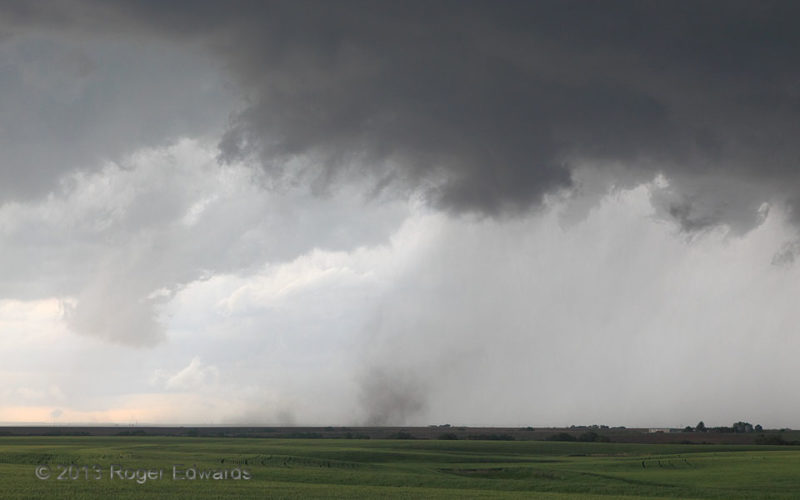Whether from water or wind, this is how sand ridges and dunes form and shift: fluid flow across them. Here in the Great Sand Dunes of Colorado, eolian sand from the upper Rio Grande, in the San Luis Valley, has accumulated against the Sangre de Cristos and formed massive dunes amidst the prevailing southwesterlies. However, in this case, northeast outflow winds from earlier mountain … [Read more...]
Jekyll Island Beach
Driven there on a much-higher wave and water-level combination than anything recent to the photo, a log rests bleached and dried and high off the tide, on Jekyll Island's beaches wide. Wind and water alike shape these dunes, where not stabilized by salt-tolerant plants. Jekyll Island GA (31 Oct 8) Looking NE 31.-0553, -81.4069 … [Read more...]
Carved and Caved
Water is mightier than rock, liquid the victor over solid. Spectacular tidal caves illustrate that idea well at Cape Flattery, the northwesternmost point in the continental U.S. Pacific waves mighty and minuscule, one at a time over hundreds of thousands of years, have rasped gaping chambers deep into the seaside cliffs. The water's work won't be done until this entire shoreline is beaten into … [Read more...]
Glowing Embers
A short exposure and long zoom captured the hot glow of wooden embers, burning onward deep into the night, long after a pile of cedar limbs and twigs had been lit aflame. I had stood staring for several prior minutes, transfixed at the flickering convulsions of incandescence, before realizing this would make a very uncommon photograph. Norman OK (9 Feb 8) Looking down … [Read more...]
Ice Blue
Blue in the sky, blue in the water, blue in the ice—the aura around the face of Lamplugh Glacier this day was nothing but cool hues. The reason is simple: Air, liquid water and ice all absorb shorter red and green wavelengths of light first. [I would be reminded of this bluesy scene 11 years later in Iceland.] Under differential pressure, the surface of the glacier had been crumpled into … [Read more...]
Smith Center Spinup
An otherwise undistinguished area of an elongated supercell's cloud base, between precip areas, started to rotate quite noticeably. A weak tornado formed–a dust whirl under the little area of pronounced cloud spin, so feeble at first that it took us a couple of minutes of staring to be sure. Yet there it was, cloud base and dust whirl tightly rotating in sync, with thin dust rising to the base. … [Read more...]
- « Previous Page
- 1
- …
- 98
- 99
- 100
- 101
- 102
- …
- 386
- Next Page »





